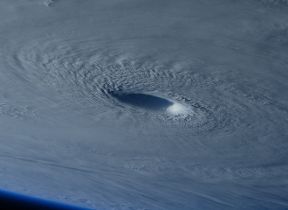Tropical cyclones
Tropical cyclones are amongst the most powerful and destructive meteorological systems on earth. Globally, 80 to 100 develop over tropical oceans each year. Many of these make landfall and can cause considerable damage to property
@metofficestorms on X
For latest information on current tropical cyclones worldwide follow the @metofficestorms X feed. An X account is not required to view this page.
Tropical cyclones warnings and guidance
Tropical cyclone forecast guidance is produced by the Met Office and used by various other meteorological centres in the production of their tropical cyclone warnings.
North Atlantic tropical storms seasonal forecast for 2025
Met Office dynamical seasonal prediction system (GloSea) is used to forecast tropical storm activity over the North Atlantic for the current season.
Forecast verification
The Met Office produces forecasts for every tropical cyclone which develops and also verifies the quality of these forecasts. Assessment of the Met Office Global Model forecast performance is published on a seasonal basis.
Past tropical cyclones
How many tropical cyclones have there been in recent years and which places have been hit by them? Information on the frequency and tracks of recent tropical cyclones.
Tropical cyclone facts
Who decides what the next name is going to be? What's the difference between a hurricane and a typhoon? Is climate change affecting tropical cyclones?
For queries on the Met Office involvement in tropical cyclone forecasting, email [email protected].




